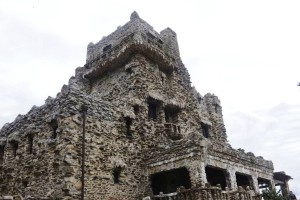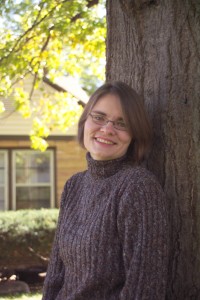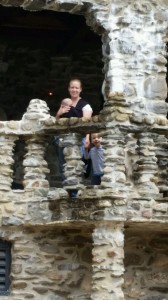Today’s post is discussing a serious matter regarding the defunding of the humanities in my home state of Connecticut. My hope is that you (residents and non-residents alike) will join me in a rallying cry to help the state realize the importance of the humanities. I’m asking that you share in the comments what the humanities mean to you and how they have affected your life.
The situation is that Connecticut Governor Dannel Malloy has proposed a new 2-year budget that would eliminate funding for the Connecticut Humanities Council, the Connecticut Trust for Historic Preservation, and the Community Investment Act. I know most of you who read my blog are of the mind that the humanities matter, but lets reiterate that here, today: the humanities matter. Let’s put human faces on why they matter.
What are the humanities? Stanford University Humanities Center has a wonderful definition on their website:
“The humanities can be described as the study of how people process and document the human experience. Since humans have been able, we have used philosophy, literature, religion, art, music, history and language to understand and record our world. These modes of expression have become some of the subjects that traditionally fall under the humanities umbrella. Knowledge of these records of human experience gives us the opportunity to feel a sense of connection to those who have come before us, as well as to our contemporaries.”
So, no, we’re not talking about the physical necessities of life like food and shelter. What we are talking about with the humanities is food for our souls, connection to others, a sense of where we’ve come from and where we’re going as people. They bring us a better understanding of our world, past, present, and future. We’re talking about what it means to be human; the very essence of the word “humanity.”
That’s a beautiful sentiment in and of itself, but let’s get specific about what’s at stake. If the proposed budget in Connecticut is passed, it will cut about two-thirds of the Connecticut Humanities budget. These funds go towards cultural organizations, historical societies, libraries, and educational institutions throughout the state. They support the Connecticut Center for the Book, the Connecticut Book Award, book talks, poetry festivals, and workshops for children.
These are the funds that made THE GREAT CONNECTICUT CAPER possible. The Caper, a collaborative, serialized mystery for middle grade readers, is near and dear to me as I am one of the twelve Connecticut authors who wrote a chapter for it. Once chapter 12 is released in June, any future plans to reach out further to libraries and schools to make the story more accessible and plans to develop an audio book of it will not be realized.
I was lucky enough to teach a writing workshop at a Connecticut middle school through the Caper. Seven sixth-graders in the special education program won the workshop by writing their own chapter for the Caper, and an additional 23 students got the attend the workshop. We talked about where creative ideas come from, and I took them through a writing exercise to help them begin to develop their own creative stories. What an enthusiastic and creative bunch of kids! I was just floored when they shared the ideas that had grown from the workshop.
That was all made possible by support for Connecticut humanities. So now I’m turning to you to bring attention to the humanities in Connecticut. Share your thoughts in the comments and talk about it on social media using #CTHumanitiesMatter, #CTPlacesMatter, and #CTHistoryMatters.
Connecticut residents can e-mail their legislators (find yours here) stating who you are, how the humanities are important to you, and letting them know what activities you participate in that will be impacted. You can also contact Governor Malloy through this link. Join the rally day in Hartford at the state capitol on April 8 (details here).
Now you’re up! Why do the humanities matter? What do they mean to you? I’m hoping to share some of the responses (with the commenters permission, of course) next week on the blog.




 some research on William Gillette who designed and lived in the castle.
some research on William Gillette who designed and lived in the castle.



















